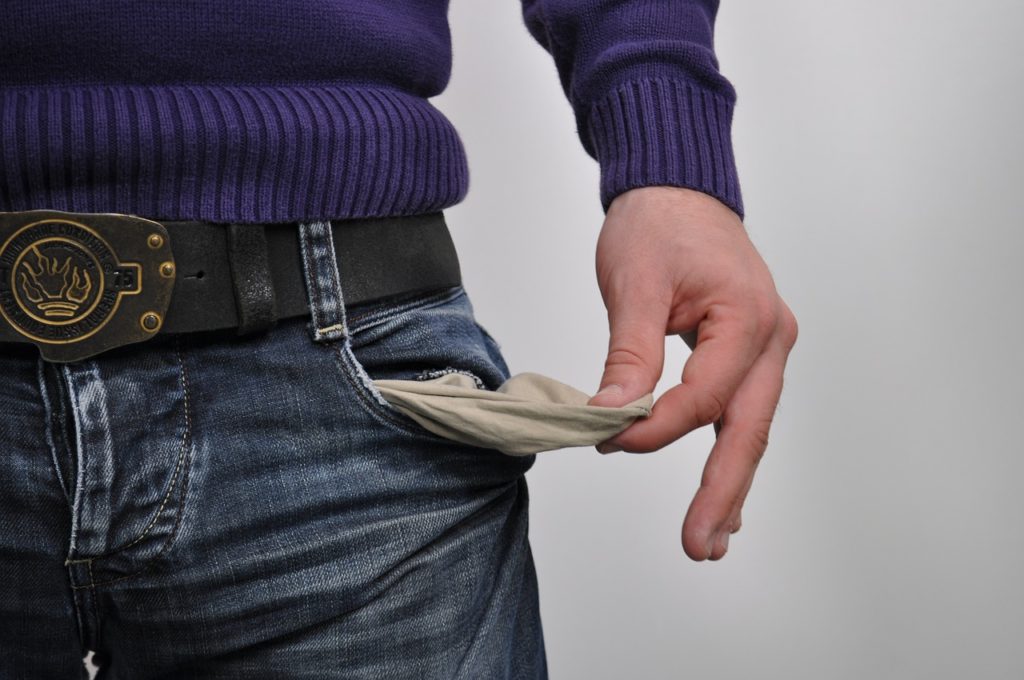
When facing bankruptcy, choosing your best option can be a challenging and emotional decision. But when you’re planning for your financial future, it’s important to recognize your options and the distinctions between the types of bankruptcy you can file for.
Chapter 7 and Chapter 13 bankruptcy are two legal options available for individuals facing extreme financial debt and duress. They offer two different paths to a legal solution, but both are designed to help borrowers who are overwhelmed by the amount of debt they owe.
Chapter 7, also referred to as liquidation, can help borrowers clear some or all of their debts. However, it requires the surrender of personal assets such as property or cash in order to do so.
Chapter 13 is an option which allows an individual to retain property while repayingdebts over three to five years using a repayment plan.
To learn more about each type of bankruptcy and learn which solution is best for you, read the key differences below.
Chapter 7
If you have little or no disposable income (income remaining after deduction of taxes and social security charges), then Chapter 7 bankruptcy may be a good and viable option for you.
This type of bankruptcy is means-tested, meaning you’ll have to pass a test to prove that you cannot afford any debt repayments with your current income.
If you file for Chapter 7 bankruptcy, you’ll find that the following conditions apply:
1. Debt repayments are discharged.
Through Chapter 7 bankruptcy, you are no longer legally required to pay back debts owed, as they are discharged—though you should note that there are some exceptions. Student loans are generally an exception, although they may be discharged if they are shown to place undue hardship or burden on the debtor. Contact a bankruptcy lawyer for more information about exceptions.
2. You’ll receive relief from debt collectors.
After filing for Chapter 7 bankruptcy, an automatic stay will be put in place, which prevents debt collectors from seeking remuneration from or taking action against you for current debts. They will no longer be able to garnish wages or pursue your assets.
3. Your debts may be cleared faster with Chapter 7 than with Chapter 13.
Chapter 13 can typically take three to five years to complete, while the process of filing for Chapter 7 bankruptcy generally lasts only between four and six months from start to finish.
4. Your assets will be turned over to a bankruptcy trustee.
Assets can include your home, property, car, personal belongings, and other financial assets. These will be turned over to a bankruptcy trustee, who is appointed by the court to attempt to repay your creditors as much as possible using your assets. However, most states will allow debtors to retain some basic belongings such as clothing and furniture, as well as necessities like a car and equipment used for work.
5. Your credit will take a major hit.
A major consequence of filing for Chapter 7 bankruptcy is the impact on your credit and assets. A Chapter 7 bankruptcy can stay on credit reports for 10 years from the date of filing.
While it doesn’t mean that getting credit at a later date is impossible, it will most likely significantly impact future interest rates on borrowed funds.
Chapter 13
Chapter 13, also known as wage earner’s bankruptcy, is an option for bankruptcy if you own property that you want to keep. To qualify for Chapter 13 bankruptcy, you also must have sufficient income to pay back some of your debts over a period of time.Filing for Chapter 13 bankruptcy will result in the following actions:
1. You’ll be required to create a repayment plan.
Chapter 13 bankruptcy allows you to retain some of your assets by requiring you to create and fulfill a repayment plan lasting between three and five years. Other debts will normally be discharged, but to keep any of your assets, you’ll be required to funnel as much of your income as possible toward paying off those outstanding debts. You will have to create and follow a court-approved plan that allots you money for necessities, but pays everything else toward your debts.
2. It can stop debt collectors and foreclosure proceedings.
This type of bankruptcy can stop current foreclosure processes being enacted on your property and allow you a chance to catch up on overdue payments.
Any debts that are at the collection stage will usually be discharged during a chapter 13 filing. Your creditors will no longer be able to make any attempts to collect money from you.
3. You can lose your Chapter 13 Status and assets through failure to repay.
Should you fail to make repayments under Chapter 13, your case could be dismissed or converted to Chapter 7, putting you at risk of losing assets such as your vehicle or your home.
These consequences could also be enacted if you do not keep up with financial obligations such as taxes, child support, or alimony after filing.
4. It will make a substantial impact on your credit store.
Filing for Chapter 13 bankruptcy will still have a negative impact on your credit score. Although a completed Chapter 13 bankruptcy can remain on credit reports for up to seven years from the date of filing, some creditors see this as more favorable than a Chapter 7 bankruptcy, as it denotes that you have repaid more of your debts.
Filing for bankruptcy is a major legal decision with consequences which requires extensive consideration. Speak with an experienced bankruptcy lawyer in order to learn more about your options and choose one that best suits your situation.